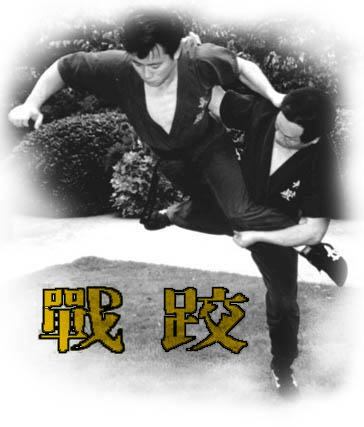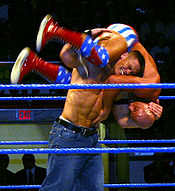The circumstances are everything. If this is my Uncle Bob, who got drunk at the wedding and is swinging his fists at me, I may need to get him to the ground, but I would like not to break his neck. Not every violent situation calls for bashing their head into concrete.
Aside from that, most throws will do most people in, without having to target their head. Their are plenty of videos on youtube showing this.
In your drunk uncle example, it's not a fight and no violence should be involved. You can
- use hip throw to lift him off the ground,
- throw him over your back,
- hold him in your arms (like holding a baby), and
- put him on bed.
In the whole process, his body does not even have to touch the ground.
IMO, there are 2 kind of throws, throws that you try to
- protect your training partner (sport).
- hurt your enemy (combat).
Both training will be needed.
When you train the "embracing throw" (next clip), after you have picked up your opponent, for
- sport, you will put him down gently.
- combat, you will make sure his head is down and body is up, you then smash him to the ground as hard as you can (the smashing force is not shown in this clip).



